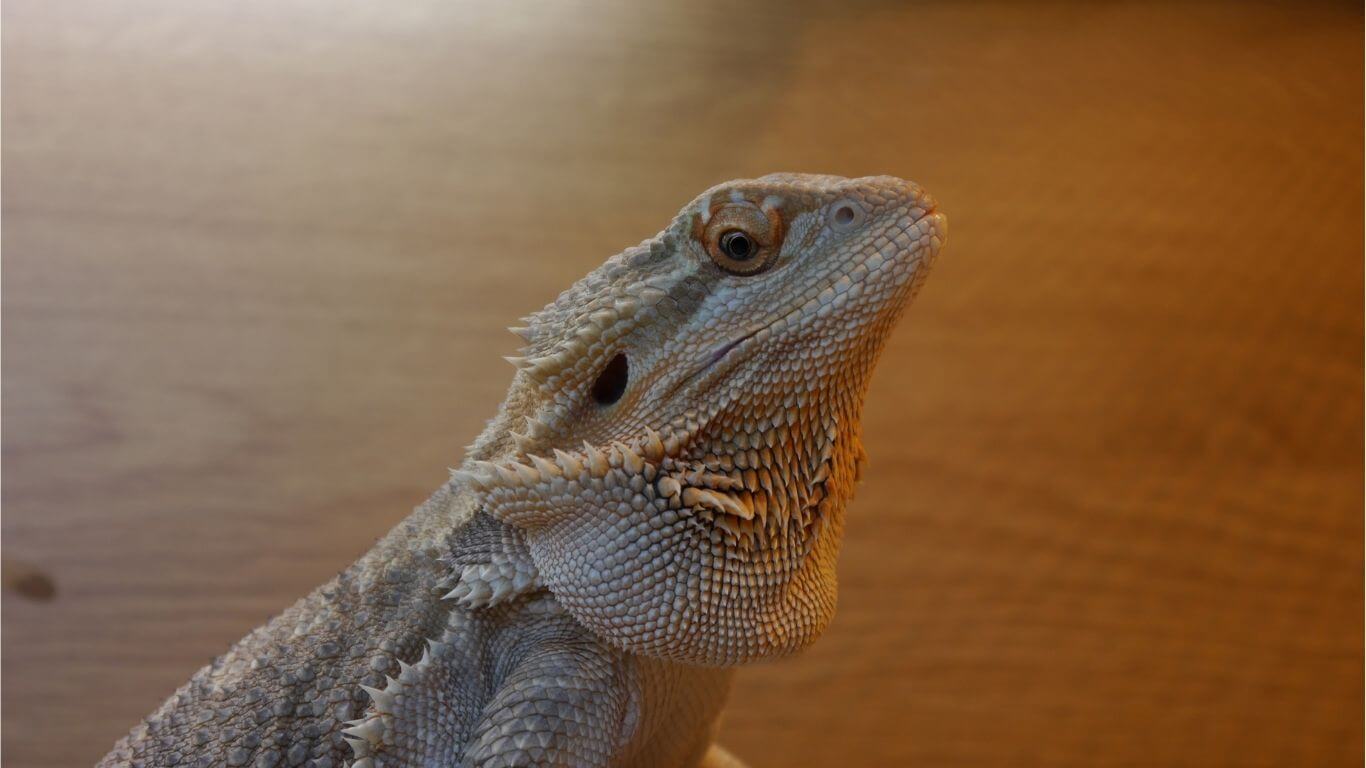
Bearded dragons are known to have a lifespan of between 10 and 15 years, but they can live much longer than this with the proper care and conditions.
Keep them in a way that mimics their wild habitats as much as possible. Indeed, this is one of the ways that to ensure that they live to their fullest lifespan and stay healthy.
How to Tell the Age of a Bearded Dragon
The length of the body is usually the best way to determine the age of a bearded dragon.
Hatchlings that are below one month have bodies that are less than 4 inches in length.
1-4 months old dragons have a body length between 5 and 10 inches.
Basically, any dragon less than 12 inches long is under a year in age.
Adults usually grow to be between 16-24 inches long. They are also known to be heavier than younger dragons.
Bearded dragons achieve sexual maturity when they are between 8-12 months old.
Factors Affecting their Lifespan
Here are few known factor that affect beardies’ lifespan.
– Nutrition: Proper nutrition factors into a longer lifespan while bad nutrition impacts their longevity.
– Environment and conditions: Dragons require a certain amount of light and humidity in their living environments.
– Enclosure size: The bearded dragons require comfortable living spaces for long life.
– Size: Bigger dragons are known to live longer
– Sex: Males live longer than females
– Breeding history: Genes come from the ancestors and the breeding history determines longevity for bearded dragons.
– Healthcare: Attention from a vet is important for the longevity of your dragon.
Taking Care of a Bearded Dragon
A bearded dragon can grow up to 45 cm long, including their tail. This implies that it requires as much space as it can get.
They need to move around a lot therefore you need to keep them in a spacious vivarium.
Their habitat also needs to be kept as safe as possible and well ventilated. Furthermore, it needs to be easy to clean and maintain.
You can use different furnishings for bearded dragons, such as sand. However, when you use sand to furnish their homes, don’t use calcium sand, which is known to be dangerous for your pet when it eats it accidentally.
The conditions in their habitat also need to be kept as close to nature as possible. This means adding accessories to make it easier for them to stay in comfort and adapt to their environment in the best way possible.
For instance, you can use branches and rocks for their environment. These are suitable accessories as they will give the reptile more space to move in and even a bit of space to climb on. Additionally, these accessories are good hiding areas for the reptiles, and your bearded dragon will feel more secure when not in a bare vivarium.
Temperature and Lighting
The vivarium that you keep your bearded dragon n should be able to stay in the hotter (38 to 42 C) to the cooler (22 to 26 C) end. You will also need a fluorescent UV tube at the hot end of the vivarium to ensure that your reptile does not get any metabolic bone disease. The humidity should also be kept low in your vivarium, and as such, your bearded dragon will be able to stay in comfort.
Feeding
Bearded dragons eat vegetables and insects. Look for the right kind of insects and vegetables and supplements to keep them healthy and ensure that they have a longer lifespan. They are also known to shed their skin in large pieces, and you can reduce problems associated with shedding by improving their environment.
Next we answer the question Can bearded dragons eat asparagus?
- Are you supposed to clip a bearded dragon’s nails? - October 21, 2022
- What do you do when you first get a bearded dragon? - October 21, 2022
- What is the best vegetable for bearded dragons? - October 21, 2022
